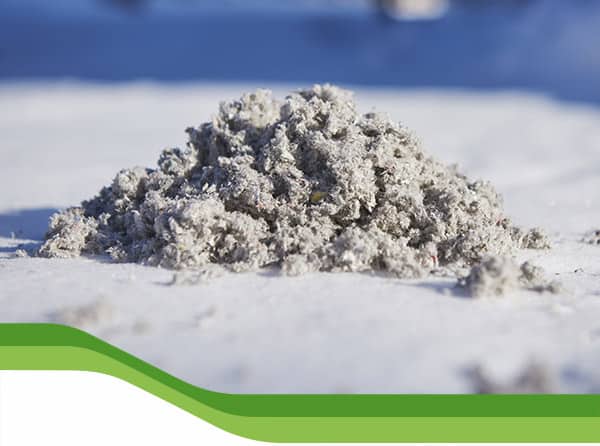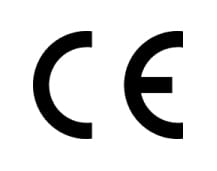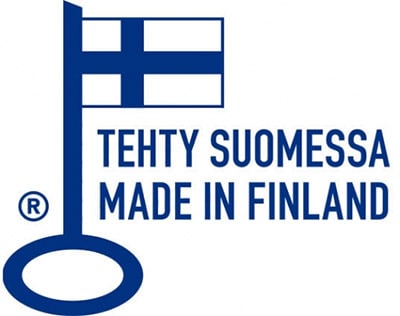DATA BANK
Cellulose insulation is the oldest industrially produced thermal insulation material in the world, and there is extensive research material and information available about it. You can ask our technical support for more information if something remains unclear after reading through our info banks.








